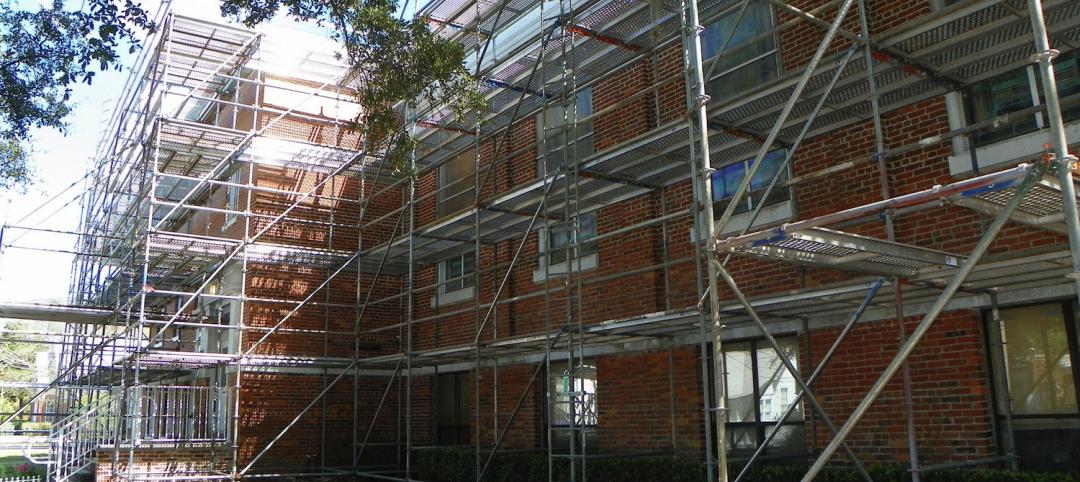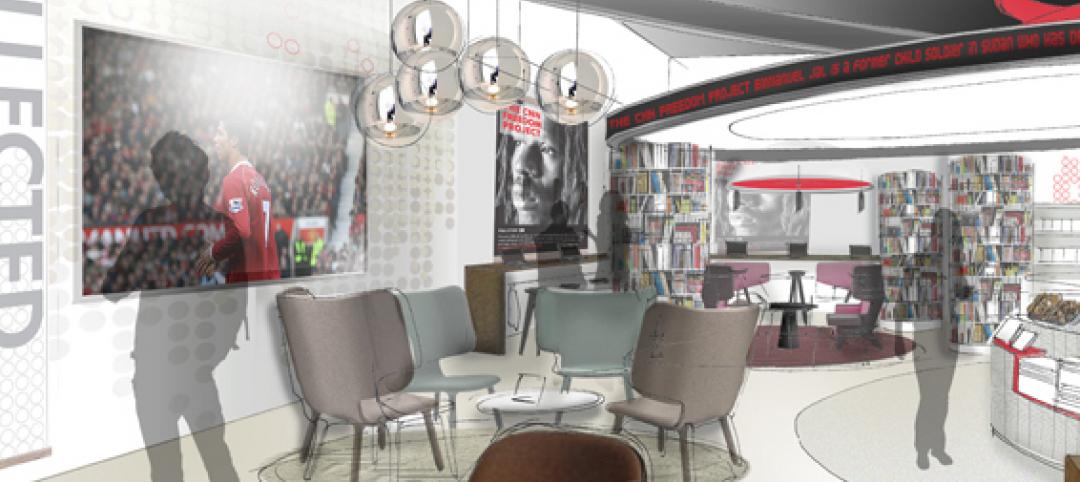Johnsonite returns to the Greenbuild International Conference and Expo to highlight several of its environmentally responsible products, discuss environmental practices and initiatives.
Exhibit highlights include:
- Eco-Naturals Collection: Engineered for greater sustainability in rubber flooring tiles, treads and wall base using significant levels of rapidly renewable and pre-consumer waste stream materials. Eco-Naturals Eco-Shell with Cork contains 2.5% cork and 4.5% percent of walnut shell dust, pre-consumer and rapidly renewable resources. CorkTones contains 2.5% cork. The unique composition of the tiles does not contain phthalates, halogens or chlorine and the product only requires water and a neutral detergent to clean it.
- Harmonium xf: Made from 95% natural materials such as linseed oil, flax seed, wood and cork—73% of those rapidly renewable—this linoleum product has the highest rapidly renewable content in the industry and offers one of the lowest life-cycle costs available.
- Masquerade Contoured Wall Base: A unique Millwork finishing border with the look of exotic wood and expensive stone. There are 12 wood grain options and 11 stone options as well as options for customization. The product is FloorScore certified, can contribute LEED points, contains 14 percent pre-consumer recycled materials and is recyclable. BD+C
Related Stories
Greenbuild Report | Nov 30, 2015
10 megatrends shaping the future of green building
Increased competition among green building rating systems, the rise of net-zero buildings, and a sharper focus on existing structures are among the trends that will drive sustainability through 2020, according to author and green building expert Jerry Yudelson.
Contractors | Nov 24, 2015
FMI survey: Millennials in construction get a bad rap, tend to be loyal, hard-working
While the stigma exists that Millennials are entitled, disloyal, and lazy, it appears that this is not true, according to a new report from FMI.
Cultural Facilities | Nov 23, 2015
BIG plans for Pittsburgh: Bjarke Ingels’ Lower Hill District master plan evokes hilly topography
Paths will be carved to create a dialogue between Pittsburgh’s urbanscape and its hilly surroundings.
Architects | Nov 23, 2015
Dewberry acquires Houston’s Wilson Architectural Group
Now known as Dewberry | Wilson, the firm will have access to more MEP, technology design, site/civil, and land development capabilities.
Architects | Nov 19, 2015
Book helps prevent new architecture students from making common mistakes
Written by Iain Jackson, "The Architecture School Survival Guide" covers both broad designing ideas and specific architecture tips.
Architects | Nov 18, 2015
AIA: Demand for design services still up for the year
October's ABI score was 53.1, down slightly from the mark of 53.7 in September. This still reflects an increase in design services, as any score above 50 indicates an increase in billings.
Architects | Nov 16, 2015
Croatia's 'sea organ' lets the ocean make music
Visitors to the shores of the Adriatic Sea in Zadar, Croatia, can hear the sounds of the ocean in an entirely different way. There, when the waves hit the coast, they make music—literally.
Architects | Nov 16, 2015
Perkins Eastman, ForrestPerkins combine practices
The combined international firm will total almost 1,000 employees.
Architects | Nov 10, 2015
AIA releases nine new contract documents
Include six new forms for design-build projects.
Architects | Nov 9, 2015
Perkins+Will acquires London-based Portland Design Associates
The firms will work together to offer “future-proofing” insights to clients.

















